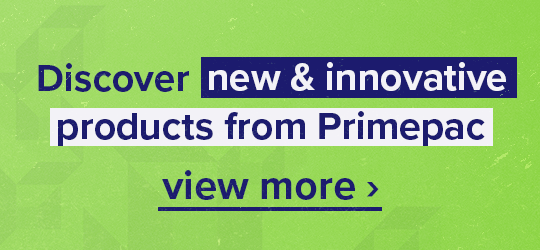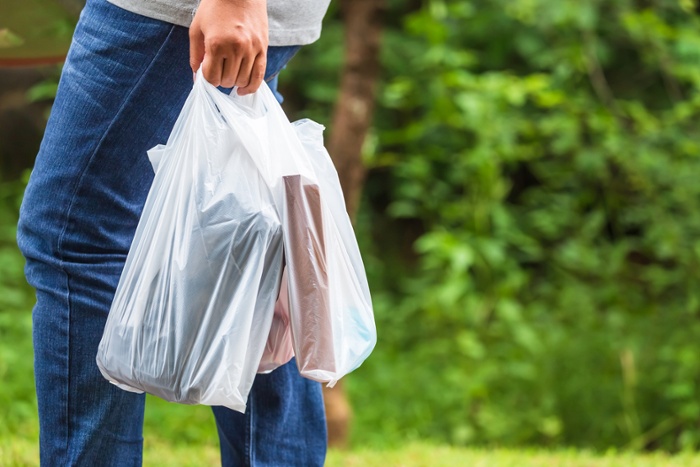
All plastic products you buy should feature plastic recycling numbers, indicating which type of plastic it is made with. In this article, we outline the different recycling codes in New Zealand and explain how to dispose of different products responsibly.
We also explore the alternatives to these plastics so your business can make the switch to a more sustainable option.
Plastic recycling NZ
There are 7 plastic recycling codes in New Zealand, referring to the different types of plastic used in manufacturing. Codes 1, 2, and 5 can be recycled while 3, 4, 6, and 7 are sent to landfill. The recycling code itself doesn't guarantee recyclability. It just indicates the plastic type. factors like size, contamination, or specific types (e.g., black plastic) might affect recyclability even for accepted codes.
- Polyethylene Terephthalate (PET)
- High-density polyethylene (HDPE)
- Polyvinyl Chloride (PVC)
- Low-density polyethylene (LDPE)
- Polypropylene (PP)
- Polystyrene (PS/EPS)
- Other plastics.
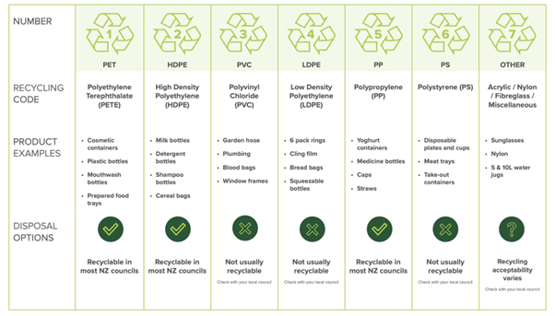
Number 1: Polyethylene Terephthalate (PET)
Polyethylene terephthalate, or PET, is a common thermoplastic polymer resin often used in clothing, food containers, and thermoforming for manufacturing. Items include:
- Fruit and vegetable punnets
- Soft drink and water bottles
- Hard plastic containers, such as those that hold condiments and spreads.
In New Zealand, PET is given the recycling code 1 and is collected in your household yellow bin, sorted, and recycled. The recycling process involves breaking down the chains of PET molecules so that they can be used to make new PET products.
Number 2: High-density polyethylene (HDPE)
High-Density Polyethylene, or HDPE, is a thermoplastic polymer made from petroleum. HDPE is a highly versatile material, used in a variety of products, including:
- Milk bottles
- Juice bottles
- Toiletry bottles
- Cleaning bottles.
In New Zealand, HDPE is collected via your household yellow bin, sorted, and recycled. In the recycling process, HDPE is shredded and melted down into pellets, which can be used in manufacturing once again.
Number 3: Polyvinyl Chloride (PVC)
Polyvinyl Chloride, or PVC, is a high-strength thermoplastic used to make soft and hard plastic products. PVC products often have added phthalates which are prone to leaching and causing environmental harm. Examples of PVC items include:
- Clear trays for holding food or takeaways
- Some large containers with sturdy handles
- Plastic containers used to store or package batteries or electronics.
Unfortunately, PVC cannot be recycled in New Zealand and products with code 3 should be placed in your rubbish bag instead.
Number 4: Low-density polyethylene (LDPE)
Low-Density Polyethylene (LDPE) is a transparent, odourless, and flexible thermoplastic polymer. These properties make LDPE popular for products like:
- Some meat trays and takeaway containers
- Single-use plastic bags
- Bubble wrap
- Plastic wrap.
Unfortunately, LDPE cannot be recycled curbside in New Zealand and products with code 4 should be placed in your rubbish bag instead.
Pallet wraps, such as EasyWrap (Code 4) can be recycled within the proper facilities. Businesses that need a reliable, regular solution to dispose of large volumes of soft plastic waste can organise a dedicated bin solution. This allows your soft plastic waste to be collected regularly on site,
We suggest getting in touch with your local waste management facility to learn more.
Number 5: Polypropylene (PP)
Polypropylene, or PP, is a thermoplastic polymer produced via chain-growth polymerisation of propylene. Polypropylene offers good thermal, chemical, and electrical properties with moderate strength. It’s also resistant to stains and moisture and is tough, durable and lightweight. Examples of products containing polypropylene include:
- Some takeaway containers
- Plastic cutlery
- Large ice cream containers
- Large yoghurt containers.
In New Zealand, polypropylene is given the recycling code 5 and is collected in your household yellow bin, sorted, and recycled. In the recycling process, polypropylene is melted down, cooled, and turned into pellets. These pellets can then be used to produce new polypropylene products, though it does lose some strength and flexibility in the process.
Number 6: Polystyrene (PS/EPS)
Polystyrene is a synthetic polymer that can be solid or foamed. Most polystyrene is hard and inexpensive but it has a poor barrier to air and water vapour and has a relatively low melting point. Common examples of polystyrene products include:
- Yoghurt pottles
- Some meat trays
- Foam cups
- Protective packaging.
Unfortunately, polystyrene cannot be recycled in New Zealand and products with code 6 should be placed in your rubbish bag instead.
The manufacture, sale, and distribution of polystyrene takeaway packaging was banned in New Zealand in October 2022. All remaining food and beverage packaging made with polystyrene will be banned in 2025.
Number 7: Other plastics
In New Zealand, recycling code 7 refers to a range of different plastics, including BPA, polycarbonate, acrylic, nylon, polylactic fibres, and fibreglass. Examples of items with this code include:
- Baby bottles and sippy cups
- CDs
- Plastic toys
- Packaging for some food and electronics.
Unfortunately, products with code 7 cannot be recycled in New Zealand and should be placed in your rubbish bag instead. Some plastics within this category might be recyclable in specialised facilities (not kerbside collection). We recommend checking with your local council if you have any queries about local recycling as some areas may have slightly different guidelines.
Sustainable alternatives to plastic
Here at Primepac, we understand the pressure for New Zealand businesses to shift towards more sustainable practices. As consumer demands and legislation have evolved, it has become increasingly important to adopt more environmentally friendly products and packaging.
To support this shift in your business, we have created a Guide to Becoming a Sustainable Business. In the guide, we offer practical solutions and advice to level up your sustainability, including how to:
- Calculate your business circularity scores
- Scope your emissions
- Analyse your processes, with real examples from our successful clients
- And switch to environmentally friendly alternatives.
Click below to download your free copy.



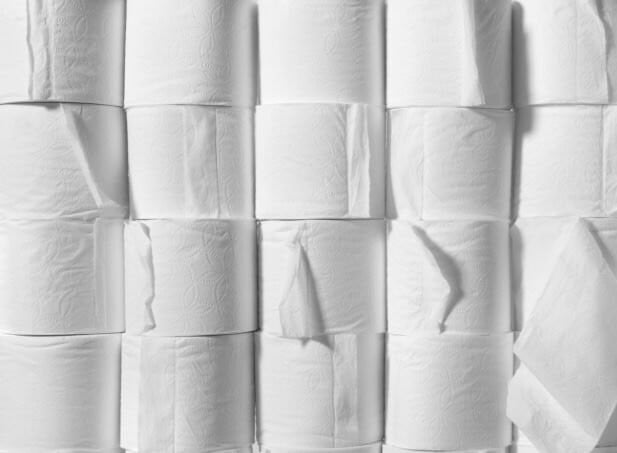
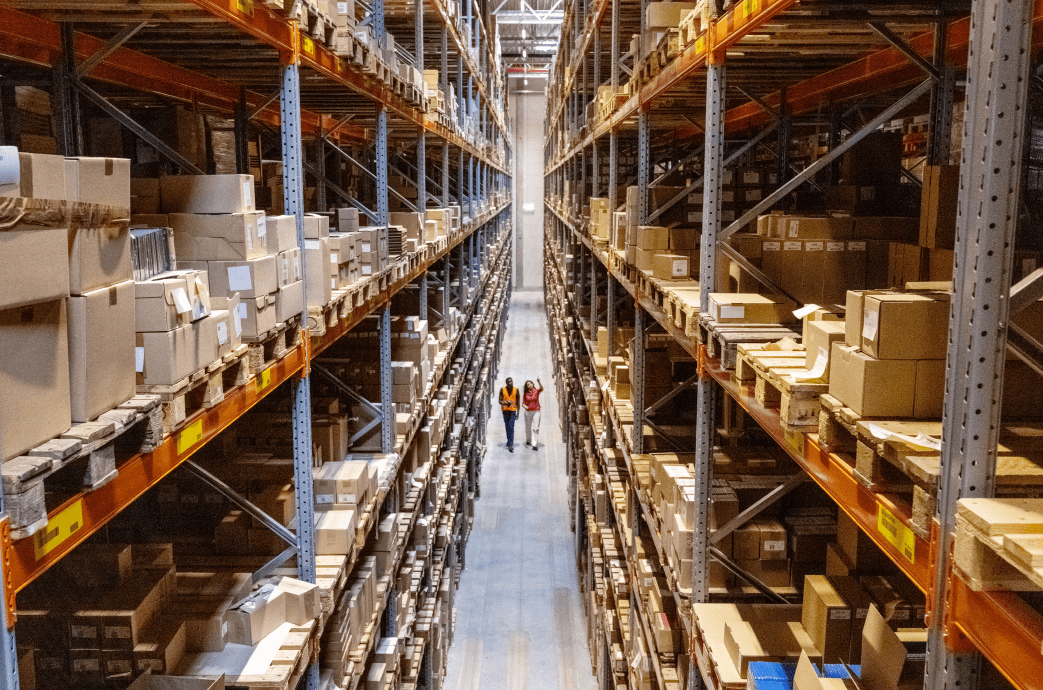
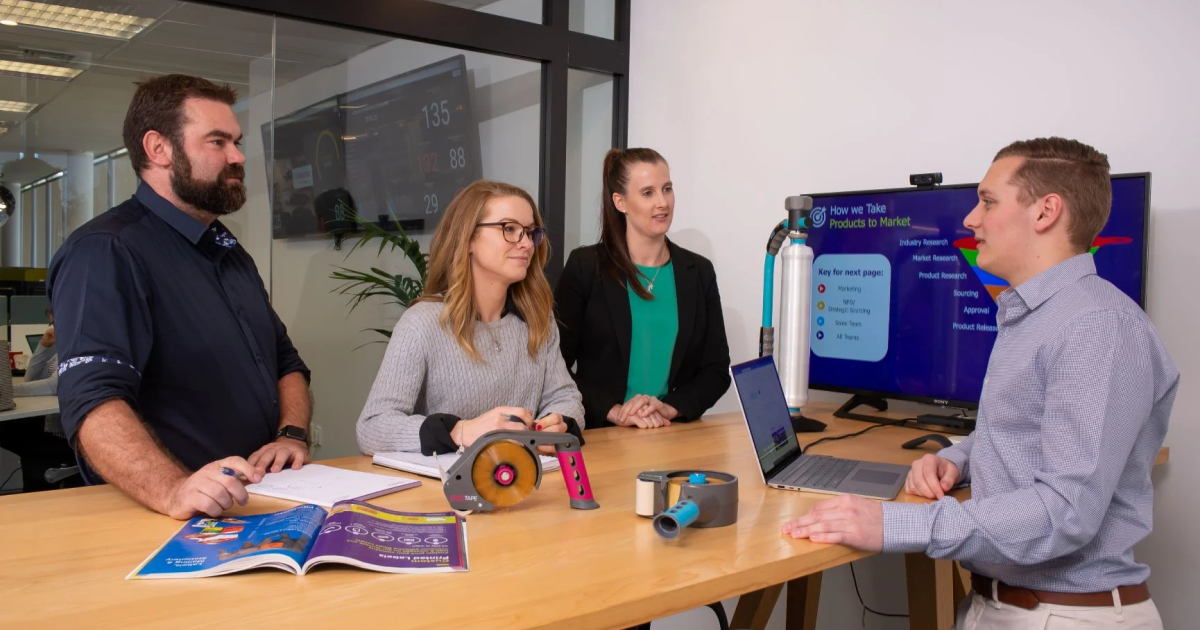
.png)
